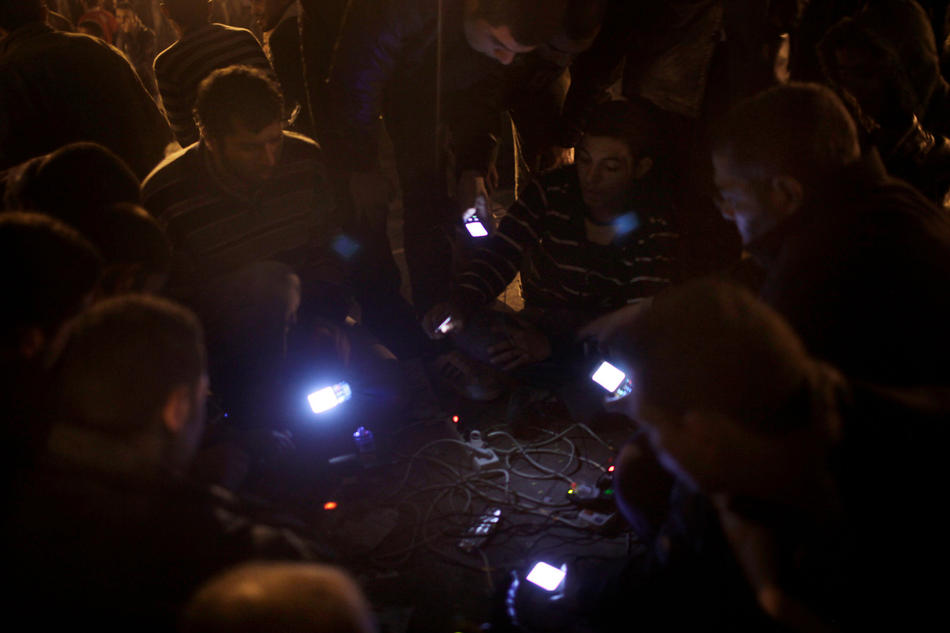 What is it that we exchange when we interact online? Part of my research into the notion of the branded cyborg explores the question of what we circulate in the networks that constitute digital sociality. Different platforms and communities within social media privilege different types of interactions, but two dominant conceptualizations seem to emerge regularly. One is represented by Marcel Mauss‘ gift economy, the other by Bourdieu’s notions of capital, particularly social capital.
What is it that we exchange when we interact online? Part of my research into the notion of the branded cyborg explores the question of what we circulate in the networks that constitute digital sociality. Different platforms and communities within social media privilege different types of interactions, but two dominant conceptualizations seem to emerge regularly. One is represented by Marcel Mauss‘ gift economy, the other by Bourdieu’s notions of capital, particularly social capital.
The concept of the gift economy resonates in the history of early web communities like CommuniTree (Stone, The War of Desire and Technology at the Close of the Mechanical Age, 1995) and in the rise of Linux and the Open Source Movement. Mauss (The Gift: Forms and Functions of Exchange in Archaic Societies, 1922/1990, p. 31) argued that gifts are never actually free, but objects of reciprocal exchange, and that “objects are never completely separated from the men [sic] who exchange them.” In a gift economy, then, objects cannot be fully transferred from one owner to another as they can in a commodity economy. Gregory’s (Gifts and commodities, 1982) work on Mauss suggests that the affiliation of the identity of the giver with the object is what compels reciprocation: gifts are inalienable, thus the act of giving creates debt that must be repaid and instantiates an ongoing relationship between individuals. Gift exchange leads to a social bond and to mutual interdependence. more...



 The
The 





